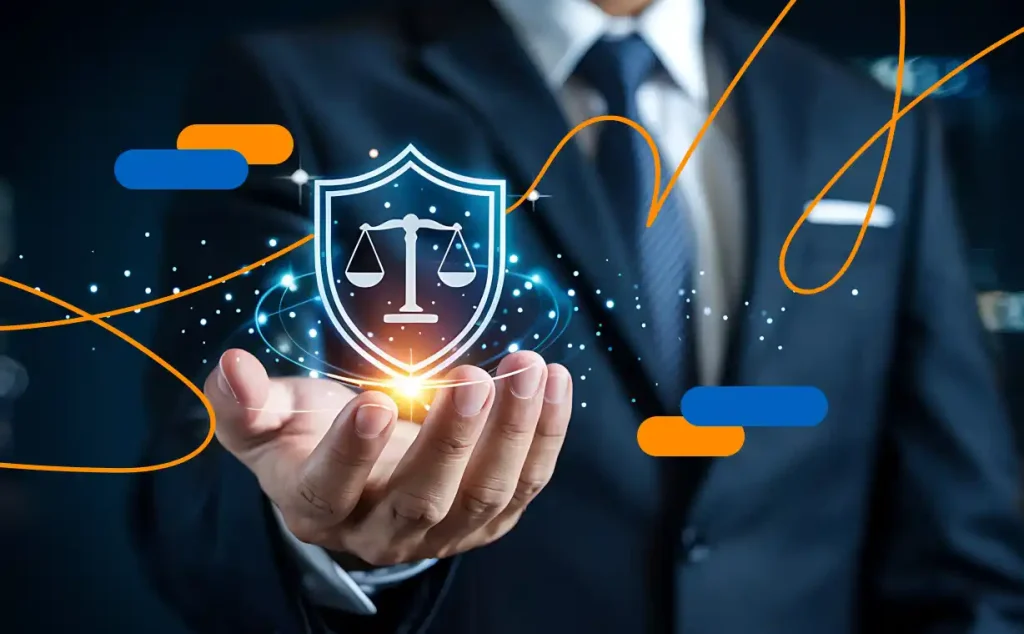Much has changed with digital transformation: from the ways in which procedures are completed to how the authenticity of electronically signed documents is validated before the law. With contracts, approvals, and endless documentation being managed digitally, there is some mistrust regarding the validity of electronic signatures in court. But there is good news: if issued correctly, it has the same validity in court as a handwritten signature, provided that it complies with the legal requirements, in accordance with the eIDAS Regulation. The key to this lies in the technical and legal evidence that accompanies it. This evidence allows us to demonstrate the conditions surrounding the moment of signing, the person who signed it, and that it has not been altered.
Below, we explain step by step how this validity is accredited in court and what mechanisms we use at Viafirma to consolidate the legal security of each document managed with us.
Evidence proving the validity in court of an electronic signature
“I have signed a document with an electronic signature. If I have a legal problem, how can I prove its validity in court?”
Many people ask this question, and rightly so. When a document signed with digital solutions enters a legal process, it is not enough to show the PDF file or the image of the “scribble”: what really matters is the legal and technical evidence that proves that it was done correctly, without subsequent alterations, and by the right person.
In practice, for its validity to be recognized in court, it is essential that the service provider complies with a series of technical and regulatory requirements that guarantee its authenticity, integrity, and traceability.
Data traceability and integrity
In legal proceedings, there is one fundamental factor that determines whether an electronic signature on a document will be accepted as valid evidence: the traceability and integrity of the data associated with the process. Any document completed using our digital solutions incorporates a series of legal evidences that are automatically attached.
This evidence can be viewed directly from Adobe, in the tool’s own panel, or in the XML files that accompany the PDF once the process has been completed. In addition, the system generates a document known as an “Audit Trail” (also known as an “Audit-log,” evidentiary document, or audit record) that clearly and neatly compiles all the events and legal evidence that occurred during the process: from the identity of the signatory to the time, location, and device used, among many other details. This information is available to the user.
In the event of a legal dispute, this record acts as legal backup. This ensures that the document signed with us is authentic, complete, and legally binding.
Time stamping
Another mechanism that certifies validity is time stamping. This is an electronic timestamp that is incorporated and records the exact moment of the action, ensuring that it has not been modified subsequently.
How can you verify that the signatory is who they say they are?
As a company specializing in digital solutions, we offer mechanisms to identify and authenticate the person or users in the requests. These mechanisms are configurable according to our clients’ needs and can be adapted to them. For example, some of the identification options we offer are: email, SMS, or user registration.
Below, we explain what each of these consists of:
- Email: This is the best-known and easiest method to use. In order to use it, the person sending the document through our digital solution must provide a valid email address, which will be where the link to access the request is sent.
- SMS: You can also send it via SMS or WhatsApp if you know a valid phone number.
- Registered users: On the other hand, users who are registered on our platform are validated by email and their access is protected by multi-factor identification. In other words, this ensures that requests can only be accessed through the inbox or app.
- Other identification mechanisms: Although the ones mentioned above are the most common mechanisms, there are other possibilities that you can configure: OTP code for accessing the request, code for completion, and filters with electronic certification.
To learn about all the identity verification mechanisms available in our digital solutions, we recommend visiting this link.
Legal validity abroad guaranteed
We develop our digital solutions in strict accordance with international standards in this field. This means that we comply with the regulatory frameworks of most countries. We therefore guarantee the legal validity of documents signed with us beyond Spanish territory.
If you would like to find out more, contact us today and discover the advantages of electronic signatures.




